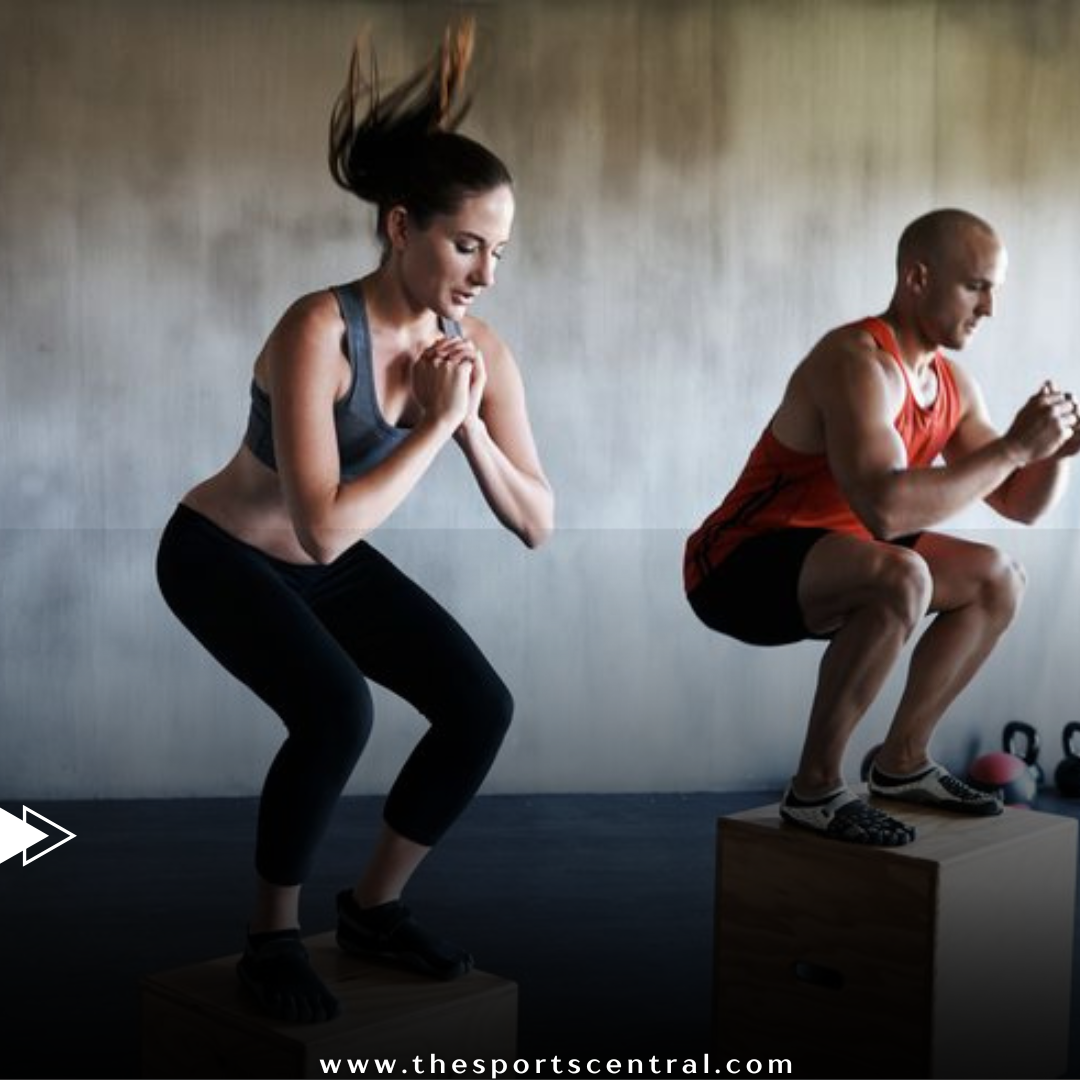High-Intensity Interval Training (HIIT) has gained immense popularity among athletes and fitness enthusiasts due to its effectiveness in improving cardiovascular fitness, enhancing performance, and burning fat. This training methodology involves alternating between short bursts of intense exercise and periods of rest or low-intensity exercise. Here, we will explore the benefits, science, and implementation of HIIT for athletes, along with specific workouts and considerations for maximizing performance and minimizing injury risk.
The Science Behind HIIT
What is HIIT?
HIIT consists of repeated cycles of high-intensity efforts followed by varied recovery times. These intervals can range from 20 seconds to several minutes, depending on the exercise Intensity and fitness level of the individual. The primary goal is to push the heart rate to at least 80-95% of its maximum capacity during the high-intensity phases.
Physiological Benefits
- Cardiovascular Improvements: HIIT enhances cardiovascular function by increasing the heart’s capacity to pump blood efficiently, thus improving oxygen delivery to muscles.
- Metabolic Enhancements: HIIT stimulates the production of growth hormone and other metabolic regulators that increase fat oxidation and improve insulin sensitivity.
- Muscle Adaptation: Repeated high-intensity efforts stimulate muscle fibers to become more efficient at producing energy, enhancing both aerobic and anaerobic capacity.
- Endurance and Strength: Regular HIIT workouts can increase both muscular strength and endurance due to the varied demands placed on muscles during different phases of the workout. Benefits of HIIT for Athletes Time Efficiency
One of the most significant advantages of HIIT is its time efficiency. Athletes often have tight schedules, and HIIT allows for intense, effective workouts in a shorter period compared to traditional endurance training. This efficiency makes it easier to fit into busy training regimens.
Performance Enhancement
HIIT can significantly enhance athletic performance. The high-intensity intervals mimic the bursts of effort required in many sports, such as sprinting in soccer, basketball, or tennis. This type of training improves both speed and power, crucial for peak performance in competitive sports.
Fat Loss and Lean Muscle Retention
HIIT is highly effective for fat loss while preserving lean muscle mass. This is particularly beneficial for athletes who need to maintain a specific body composition for optimal performance. The elevated post-exercise oxygen consumption (EPOC) effect means that the body continues to burn calories at a higher rate even after the workout is complete.
Versatility and Adaptability
HIIT can be adapted to a wide range of sports and fitness levels. Whether through running, cycling, swimming, or bodyweight exercises, HIIT can be customized to meet the specific demands of different athletic disciplines. This versatility makes it a valuable tool for enhancing overall athletic conditioning.
Implementing HIIT in Athletic Training
Structuring HIIT Workouts
When designing HIIT workouts for athletes, it’s crucial to tailor the intensity and duration of intervals to match the specific energy demands of their sport. Here are some key components to consider:
- Warm-Up: Begin with a 5-10 minute dynamic warm-up to prepare the body for intense activity.
- Work Intervals: High-intensity efforts should range from 20 seconds to 3 minutes, depending on the athlete’s fitness level and the specific goals of the workout.
- Rest Intervals: Recovery periods can vary from short, active recovery (e.g., jogging) to complete rest. The ratio of work to rest will depend on the desired training effect.
- Cooldown: Finish with a 5-10 minute cooldown to aid in recovery and reduce the risk of injury. Sample HIIT Workouts for Athletes For Sprinters
- Warm-Up: 10 minutes of light jogging and dynamic stretches.
- Workout: 10 x 200 meters sprint with 2 minutes of walking/jogging recovery between each sprint.
- Cooldown: 10 minutes of light jogging and static stretching. For Endurance Athletes
- Warm-Up: 10 minutes of light cycling and dynamic stretches.
- Workout: 8 x 1 minute at maximum effort cycling with 2 minutes of easy pedaling between intervals.
- Cooldown: 10 minutes of easy cycling and stretching. For Team Sport Athletes (e.g., Soccer, Basketball)
- Warm-Up: 10 minutes of dynamic drills and light jogging.
- Workout: 10 x 30 seconds of all-out effort (e.g., sprints, agility drills) with 1 minute of walking recovery.
- Cooldown: 10 minutes of light jogging and static stretching. Safety and Considerations Gradual Progression
Athletes new to HIIT should gradually increase the intensity and volume of their workouts to avoid overtraining and injury. It’s essential to build a solid aerobic base before incorporating high-intensity intervals.
Monitoring Intensity
Using tools like heart rate monitors can help athletes ensure they are training at the appropriate intensity. The perceived exertion scale (RPE) can also be useful for gauging effort levels during intervals.
Recovery and Rest
Adequate recovery between HIIT sessions is crucial for maximizing benefits and minimizing injury risk. Depending on the intensity and volume, athletes should allow at least 48 hours of recovery between HIIT workouts. Incorporating active recovery, such as light jogging or yoga, can aid in muscle recovery and reduce soreness.
Individualization
HIIT workouts should be individualized based on the athlete’s fitness level, sport, and specific goals. Consulting with a coach or fitness professional can help tailor the training program to meet these needs effectively.
High-Intensity Interval Training (HIIT) is a powerful and efficient training method that offers numerous benefits for athletes across various sports. By enhancing cardiovascular fitness, improving metabolic function, and increasing both strength and endurance, HIIT can play a crucial role in an athlete’s training regimen. When implemented correctly, with appropriate progression and recovery, HIIT can help athletes reach their peak performance and achieve their competitive goals.
write your reviews for us at Google reviews.










